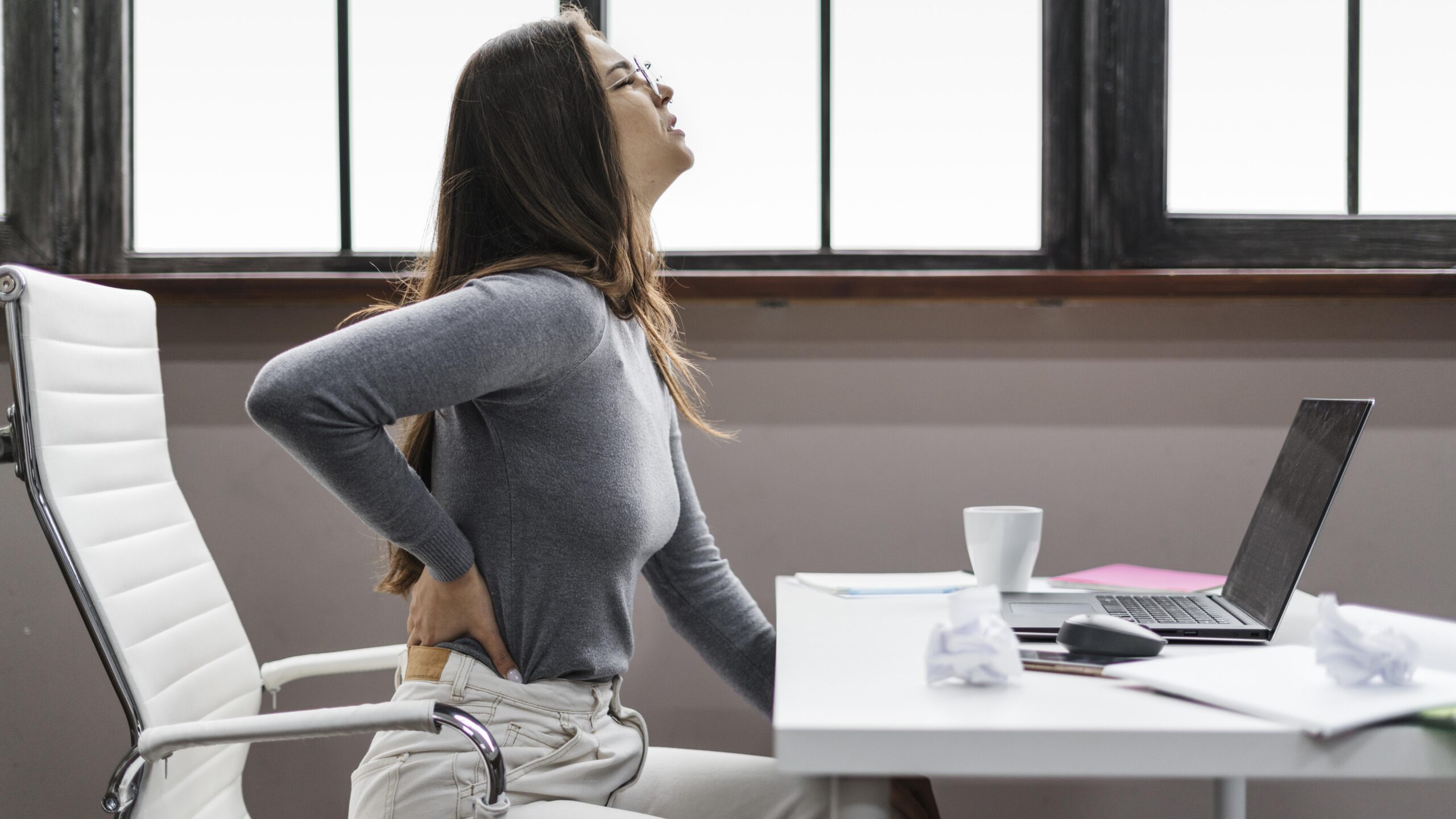Muscle cramps are a common yet frustrating problem, particularly for individuals with sedentary lifestyles. Whether you work at a desk all day, spend hours commuting, or simply don’t engage in enough physical activity, prolonged inactivity can lead to muscle stiffness, poor circulation, and ultimately, painful cramps. Understanding the causes of these cramps and adopting practical strategies to prevent and manage them can significantly improve your comfort and well-being.
Understanding Muscle Cramps
Muscle cramps are sudden, involuntary contractions of one or more muscles. They can occur anywhere in the body but are most commonly experienced in the legs, feet, and hands. These cramps can last for a few seconds to several minutes and are often accompanied by sharp pain and temporary muscle tightness.
Causes of Muscle Cramps in Sedentary Lifestyles
Several factors contribute to muscle cramps in people who lead sedentary lives, including:
- Poor Circulation
- Prolonged sitting or inactivity reduces blood flow to the muscles, leading to reduced oxygen and nutrient supply. This can result in muscle fatigue and cramping.
- Dehydration
- Not drinking enough water can lead to an electrolyte imbalance, which plays a key role in muscle function. Electrolytes like potassium, calcium, and magnesium help regulate muscle contractions and prevent cramps.
- Nutritional Deficiencies
- Lack of essential minerals such as potassium, calcium, and magnesium can cause nerve and muscle dysfunction, leading to cramping.
- Poor Posture
- Sitting with incorrect posture for extended periods can place strain on certain muscle groups, leading to stiffness and spasms.
- Nerve Compression
- Prolonged pressure on nerves due to sitting or improper positioning can reduce nerve function and contribute to cramping.
- Lack of Movement and Stretching
- Sedentary individuals often do not stretch or move their muscles regularly, which can lead to tightness and sudden cramps when movement is attempted.
How to Prevent and Manage Muscle Cramps
While muscle cramps can be bothersome, several lifestyle changes and preventive measures can help reduce their occurrence and severity.
1. Stay Hydrated
- Drink plenty of water throughout the day to maintain proper hydration.
- Consider electrolyte-rich beverages if you sweat a lot or experience frequent cramps.
- Eat water-rich foods such as cucumbers, oranges, and watermelon to boost hydration levels naturally.
2. Improve Circulation with Movement
- Take breaks every 30-60 minutes to stand up, stretch, and move around.
- Try simple exercises such as walking in place, stretching your legs, or rotating your ankles while sitting.
- If possible, use a standing desk or alternate between sitting and standing throughout the day.
3. Stretch Regularly
- Perform gentle stretches in the morning and before bed to keep muscles flexible.
- Focus on stretching the calves, thighs, hamstrings, and lower back, as these are commonly affected by cramps.
- Use dynamic stretching during the day to improve circulation and muscle function.
4. Maintain Proper Posture
- Ensure that your chair and desk are ergonomically designed to support a good posture.
- Keep your feet flat on the floor, and avoid crossing your legs for long periods.
- Adjust your screen height to avoid straining your neck and shoulders.
5. Adjust Your Diet
- Eat a balanced diet rich in potassium, calcium, and magnesium to support muscle function.
- Include bananas, spinach, nuts, dairy products, and whole grains in your meals.
- Reduce caffeine and alcohol intake, as they can contribute to dehydration and cramps.
6. Massage and Heat Therapy
- Gently massage the affected muscle to relieve tension and improve circulation.
- Use a heating pad or warm towel to relax the muscle and reduce cramping.
- Try a warm bath with Epsom salts, which contain magnesium that can help relieve cramps.
7. Strengthening Exercises
- Incorporate simple resistance training exercises to strengthen muscles and improve endurance.
- Leg raises, calf raises, and seated leg extensions can be done even while working at a desk.
- Low-impact activities such as yoga or swimming can help improve muscle function and flexibility.
8. Sleep and Stress Management
- Ensure you get enough sleep, as fatigue can contribute to muscle cramping.
- Manage stress through mindfulness techniques such as deep breathing, meditation, or light exercise.
When to Seek Medical Attention
While occasional cramps are normal, frequent or severe cramps may indicate an underlying health issue. Seek medical advice if:
- Cramps occur frequently and disrupt daily activities.
- They last longer than 10 minutes despite stretching and hydration.
- You experience muscle weakness, swelling, or changes in sensation along with cramps.
- There is a history of nerve damage, circulatory problems, or metabolic disorders.
Conclusion
Managing muscle cramps in a sedentary lifestyle requires a proactive approach, including proper hydration, stretching, posture correction, and dietary adjustments. Regular movement and simple exercises can go a long way in preventing cramps and promoting overall muscle health. By incorporating these habits into your daily routine, you can minimize discomfort and enhance your quality of life. If persistent cramps continue despite lifestyle changes, consulting a healthcare professional is advisable to rule out any underlying conditions.
Start making small changes today, and enjoy a cramp-free, healthier lifestyle!



